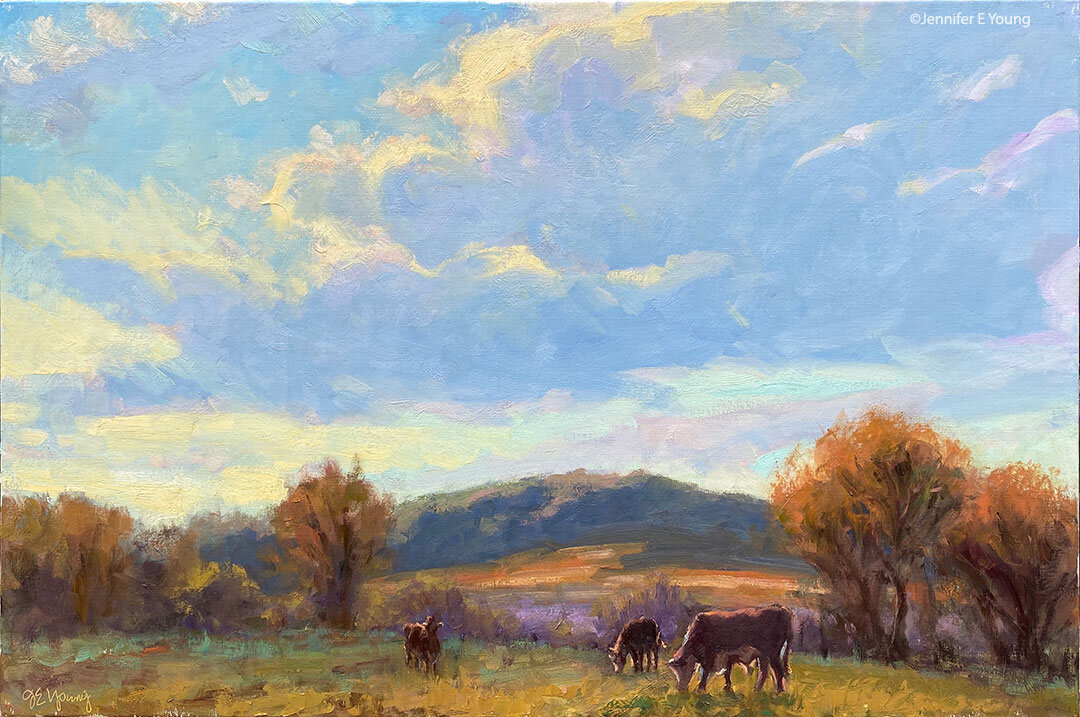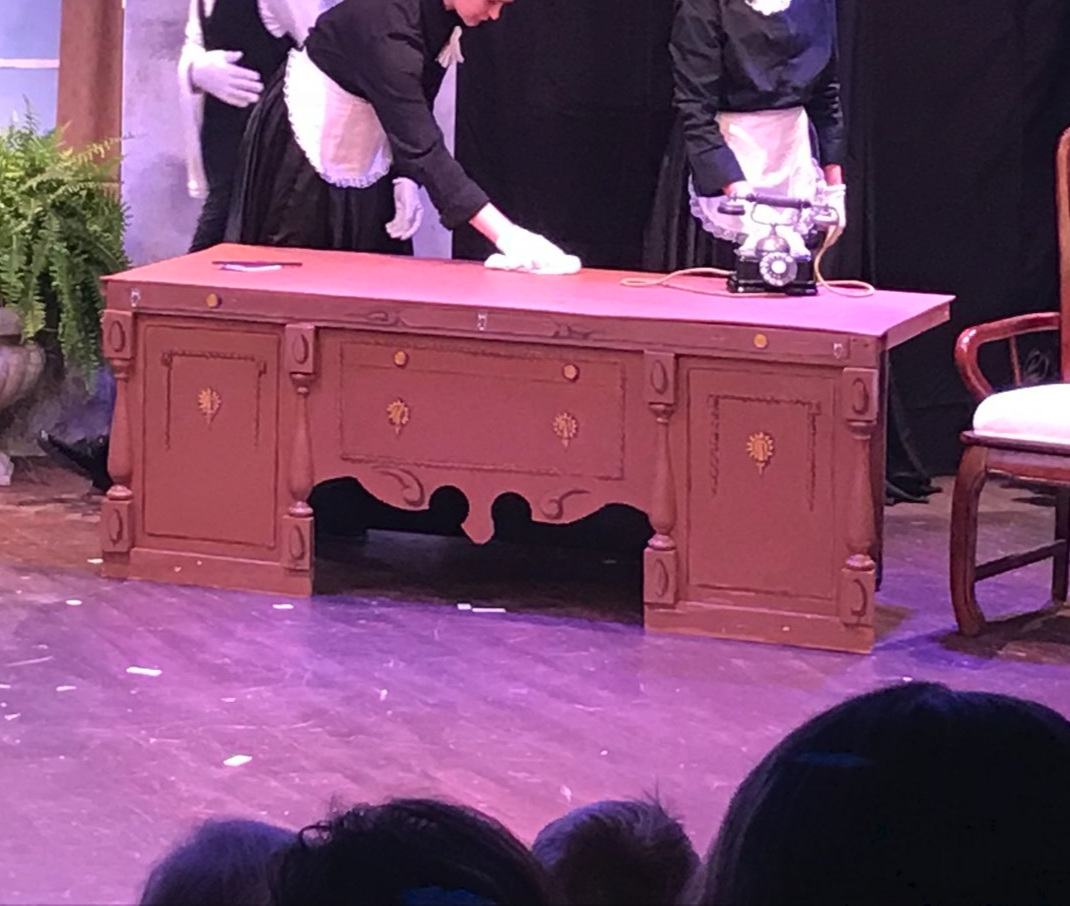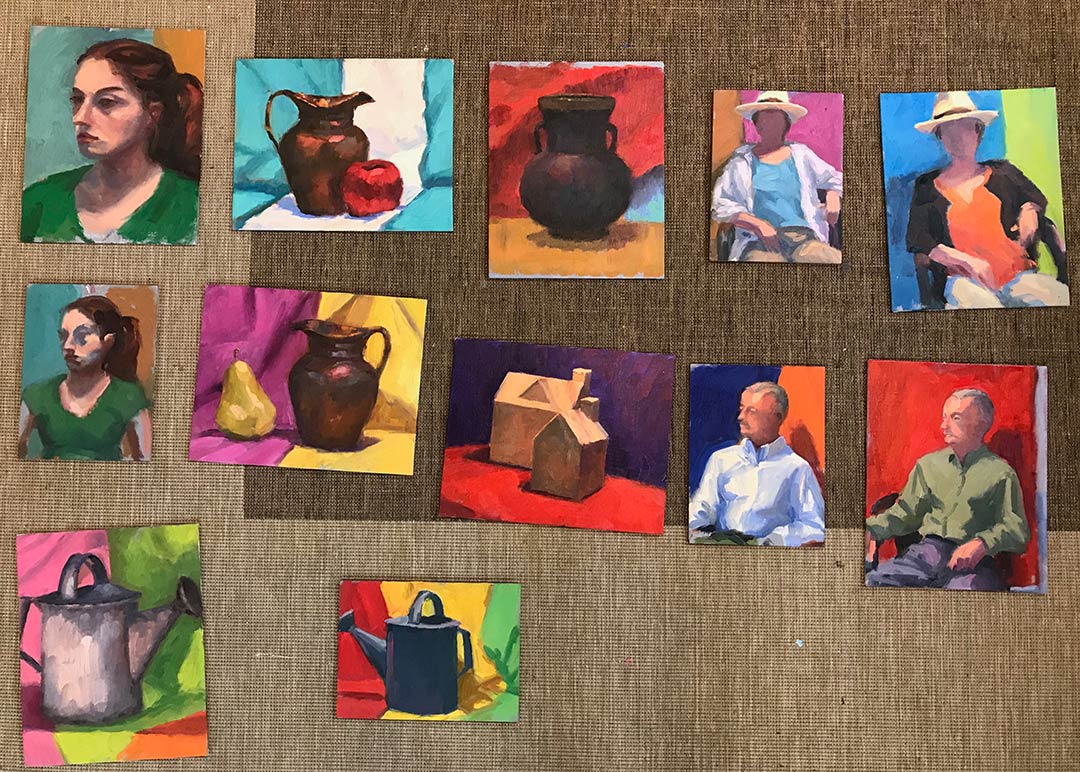An ideal art studio?
/
So all of this moving stuff has gotten me working on new studio plans, and I have certain things that I know I want for my next space. Namely these are: lots of storage, lots of light, good ventilation, and enough room to step back and forth while I'm painting. In the book Organizing From The Inside Out by Julie Morgenstern, the author suggests setting up whatever area you're organizing in "stations" by the kinds of activities you do. The Setup
- A painting station, comprised of:
- Easel, palette, monitor, large mirror (set up across from the easel to check my work).
- Additional items: Optional secondary easel for a larger wet painting or WIP, bins or shelves for my paints and supplies, a drying station - preferably a "drying wall" for larger works in progress, and/or some shelving to prop up wet panels after plein air painting.
- A flat work, framing & shipping station (There are several different activities here, but for all of them I use a table with lots of drawersfrom IKEA and shelving to store supplies, organized by activity.)
- Picture framing, matting, and mounting artwork
- Surface, panel and canvas preparations
- Packaging/shipping
- Work surface for watercolors, sketching, printmaking, etc.
- Cleanup- Utility sink, shelves, paper towels, etc.
- Office (computer stuff, desk, files)
- Previously mentioned in the above notations, but bears empahsizing: Storage (of all kinds- shelves & bins for canvases, frames, books, etc.) and as much wall space as possible.
Optional but desired:
- A sitting/viewing area- for reading and assessing my work
- High ceilings (in a smaller space it can provide a more "open" feeling")
I don't ask for much, do I? ;-)
Into the light
Of all of the concerns, good natural lighting is among the biggest wants for me, because for one, working with inadequate light is hard on the eyes, and in my current work space it has been less than adequate. But you have to be careful because if there's too much of it shining directly on your canvas; it causes glare problems with oils.
Artists always talk about north light as being the best for the most consistent, even and balanced natural light in the studio. But a north-facing studio isn't always possible (my northern light is indirect at best because it's blocked by the building across the alley from us.) And any natural lighting will still need to be supplemented by artificial light, for overcast days and evenings when I may need to work, and for this I've found a few options.
Full spectrum lighting mimicks daylight, and it's what I currently use in my studio work area. I have this long flourescent bulb by Ott-Lite installed in a regular shop light that hangs just above and slightly behind me in my painting area. It does a pretty good job on my work space, but I still feel the need to supplement with additional lamps.
The reason full-spectrum is recommended is that it is more "neutral" than the yellow cast that is often put off by incandescent bulbs. Artist Nita Leland has a good article explaining this further, so if you're an artist you may wish to check it out.
In addition to the above-mentioned option, we're looking into some kind of solar tube lighting. Friends of ours have these installed in their home, and it's amazing how much light it can put out. I light this option better than a skylight for my painting area, as a skylight can cause a more spotlight effect and the solar tube is less directional and more all-over and diffused.
One other option I hope to incorporate is clerestory windows. If I can get ones that open, they can serve number of purposes; indirect natural light, additional ventilation, and the preservation of precious wall space in the painting area.
What's your ideal studio?
If you're still awake and reading all of this, I'd love to hear your thoughts. Anything I've missed? What's your ideal studio? And while you're mulling that over, check out talented artist Casey Child's blog - in particular his chronicles of the fabulous new (huge) garage/studio in progress- northern lit and all. His early posts on the topic have some great inspiration pictures too. I bookmarked his site some time ago, and in fact, his research is so exhaustive that I might not have bothered with a post of my own. But I'm nearly finished, so I might as well hit the publish button now!















